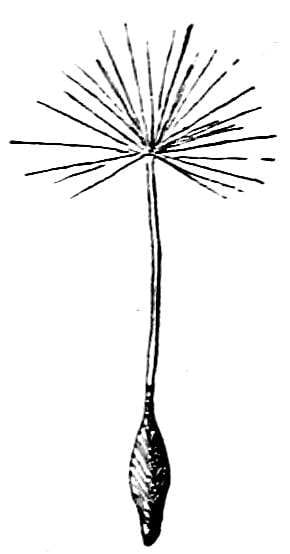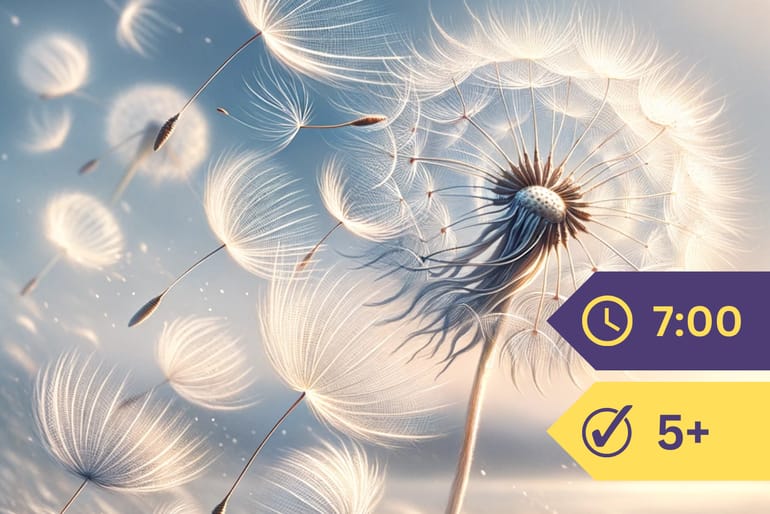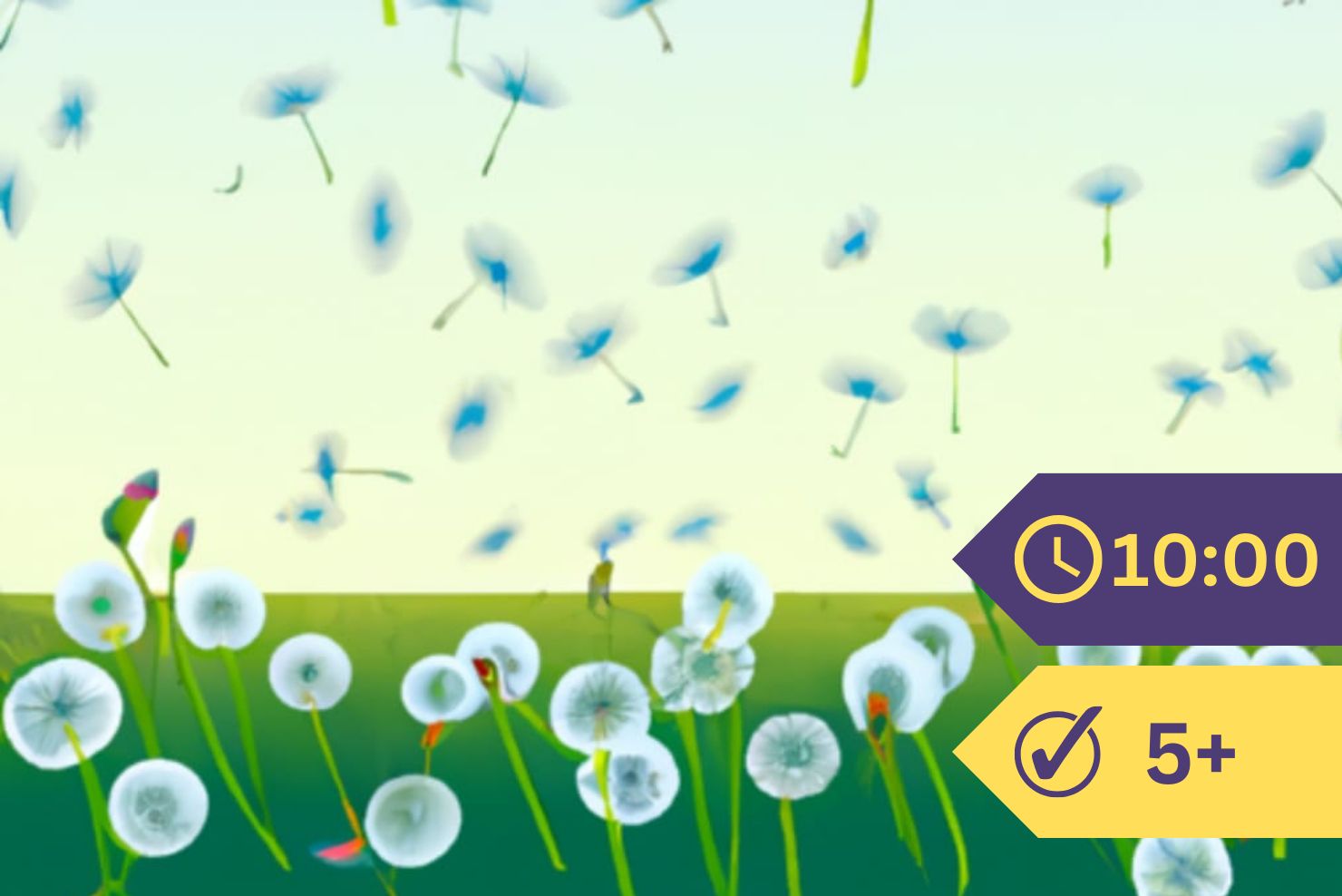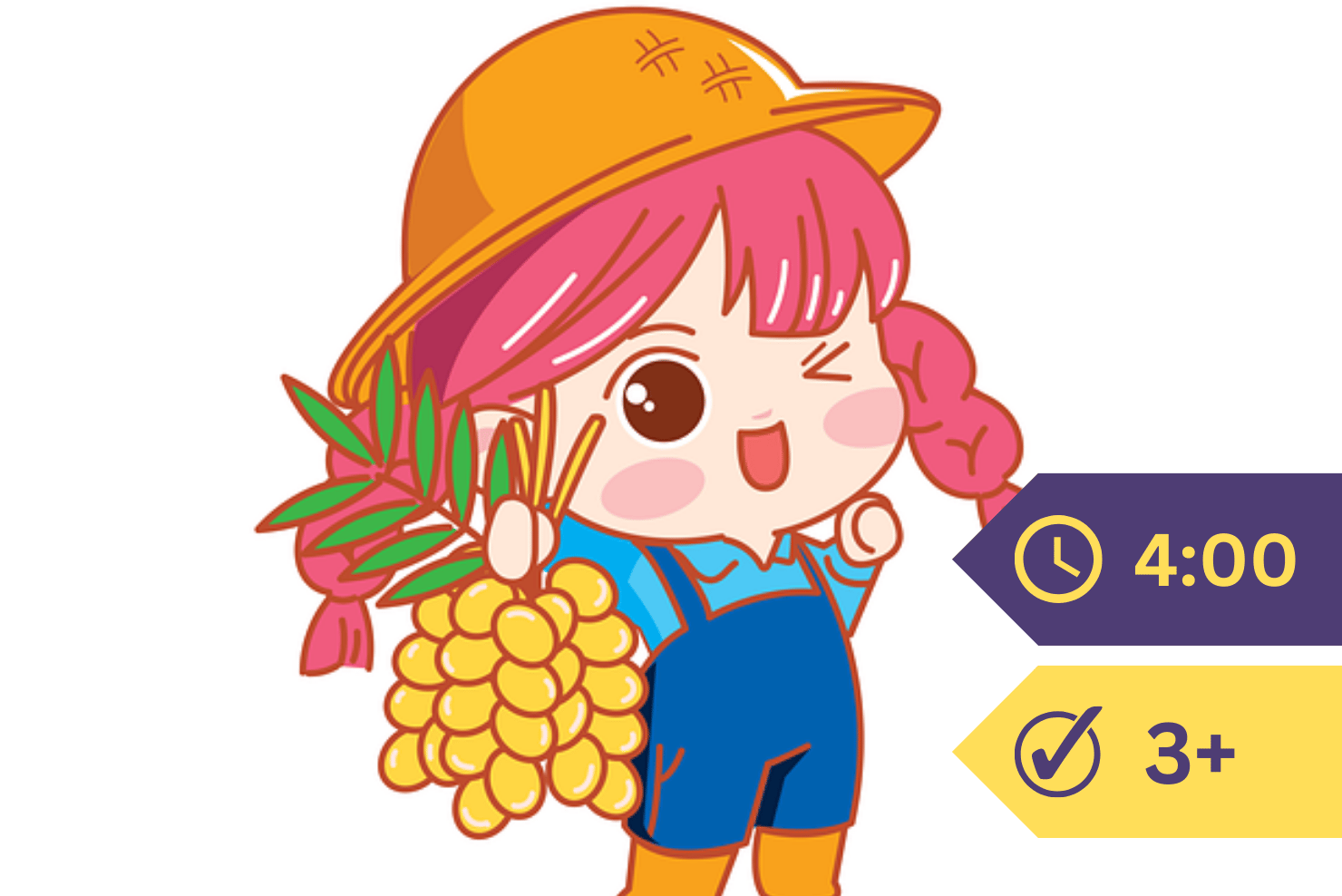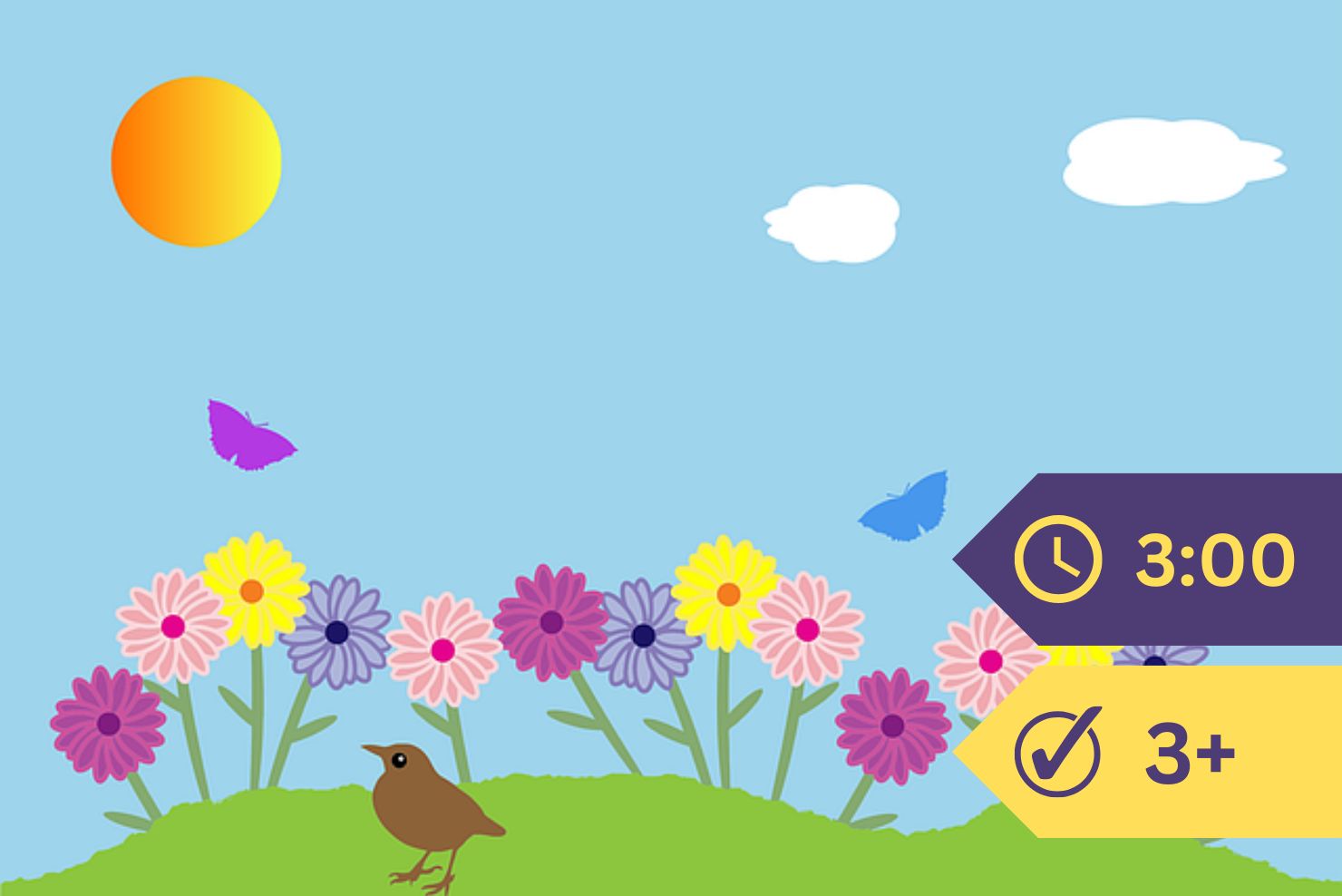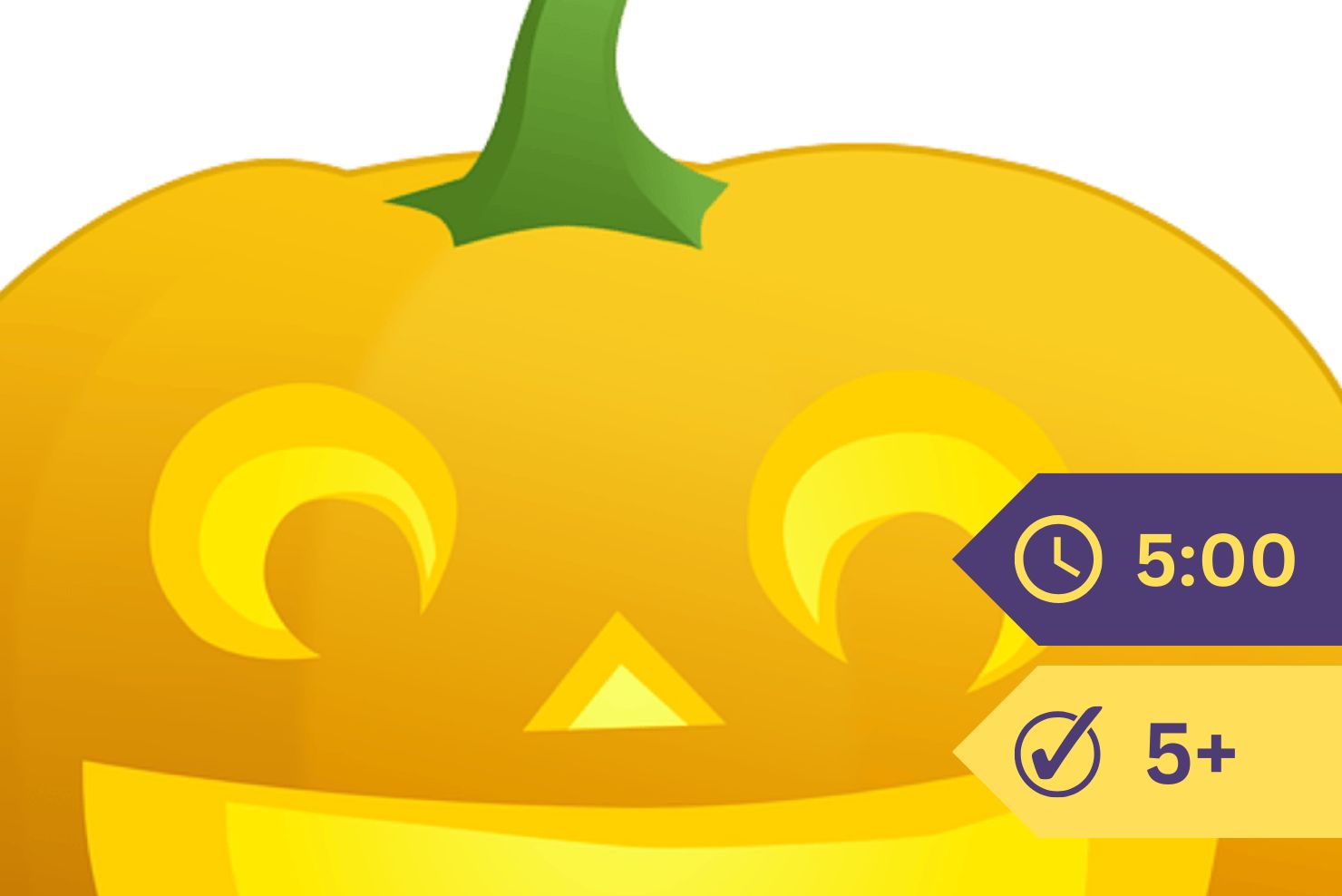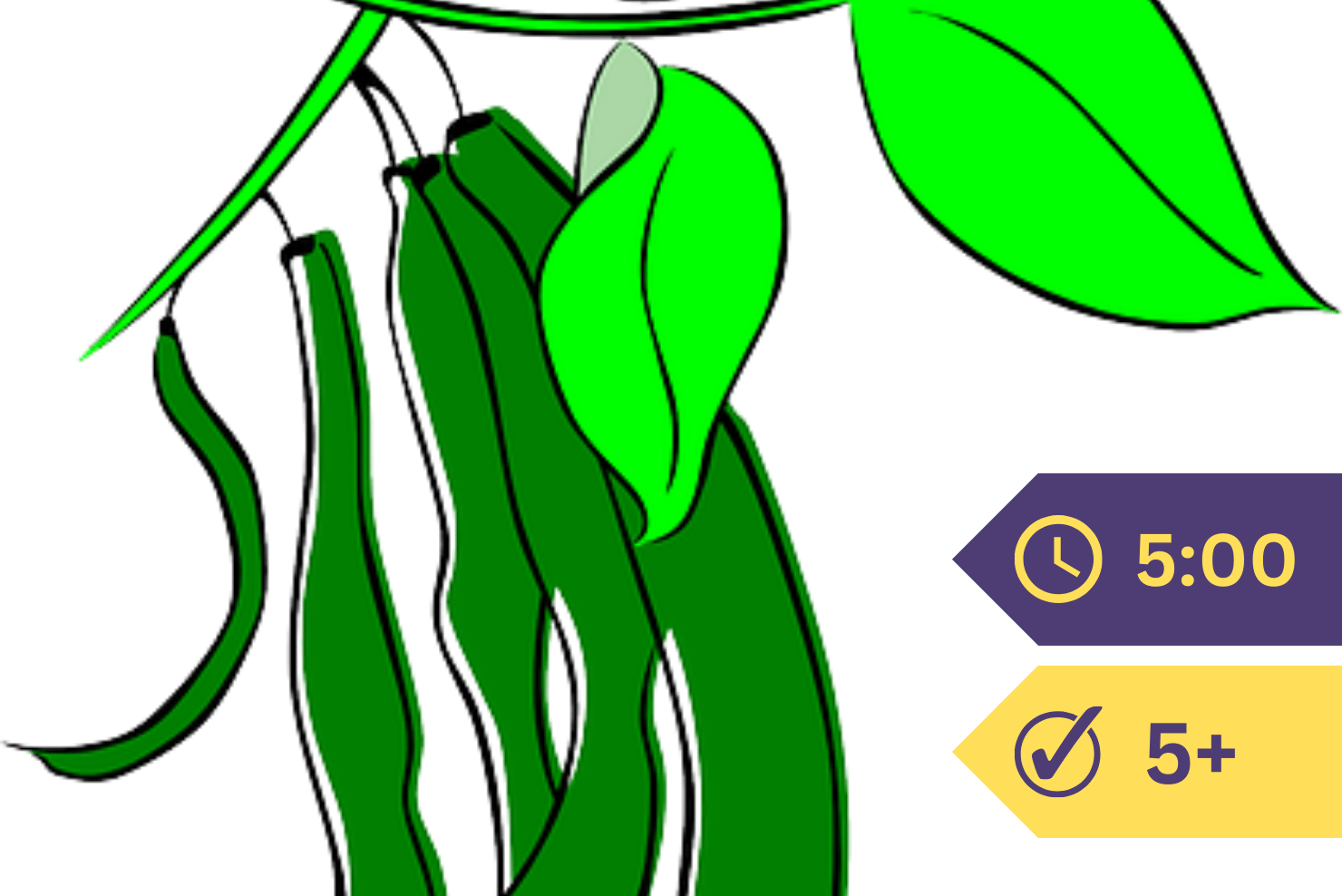On your way to school these fall days, often you notice certain white, silky things floating lazily through the air. Sometimes you catch one of these little objects, and blow it away again with a message to a friend. Or perhaps you wish upon it. At least, this is what I did as a child. Life in those days was full of these mysterious “wishes.” A white horse, a hay cart, the first star, a wandering thistle down,—each promised the possible granting of one’s most secret wish.
That the thistle down comes from the thistle plant, you know. But not all the silky things that look like fairy sailboats are thistle down, for many plants beside the thistle let loose these tiny air ships.
Have you ever wondered where they come from, what they are doing? Or do they seem to you so lazy, so drifting, so aimless, that you doubt if they are going anywhere in particular, or have really anything to do?
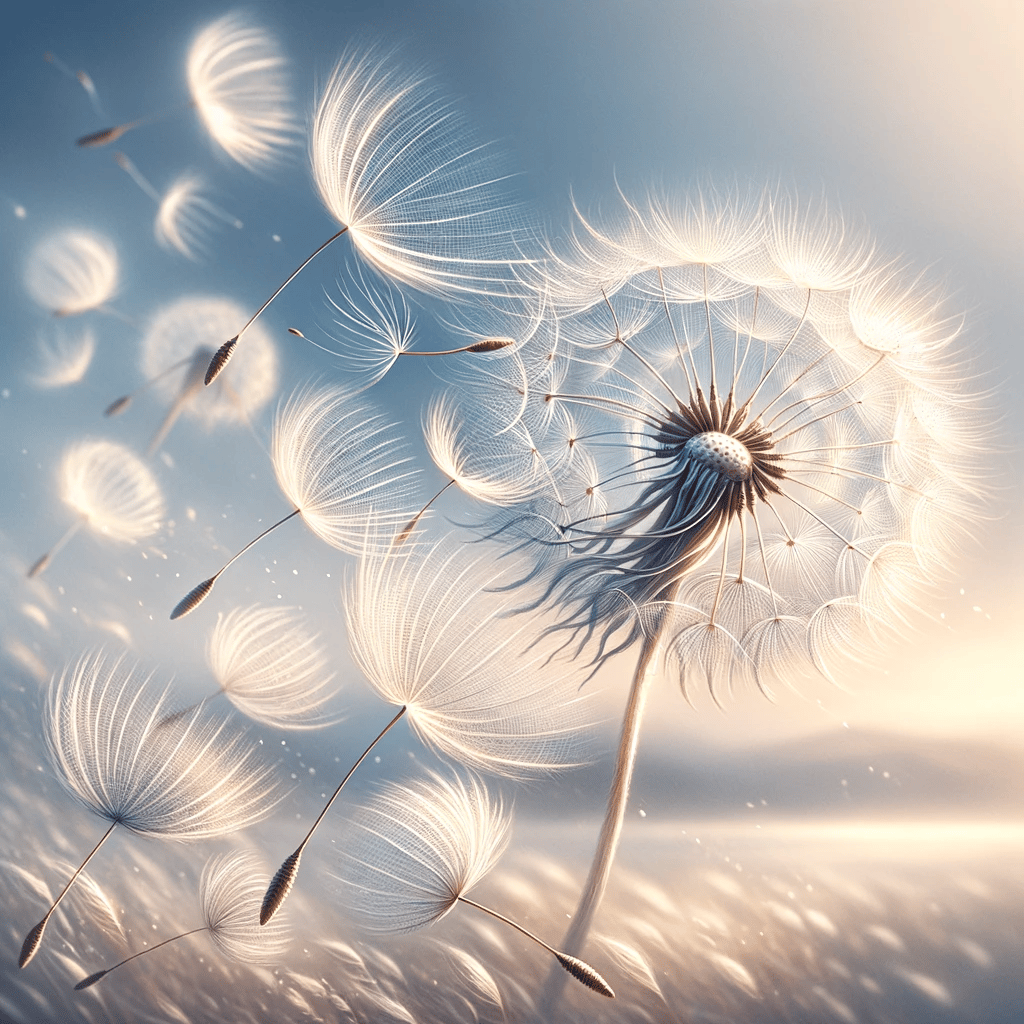
But by this time you have learned that plants have better reasons for their actions than you had dreamed before you began to pay them some attention. You have discovered that they dress their flowers in gay colors so that the bees may be tempted to visit them and powder them with golden dust. You have learned that they make their fruits juicy and delicious so that boys and girls and birds may be persuaded to carry off their seeds; and the better you know them, the more certain you feel that they manage their affairs with much common sense, that they are not likely to take time and trouble for nothing.

So let us look closely at some of these air ships, and try to guess their errand.
I hope that some time ago you were told to get together as many different kinds as you could find, and to bring them here this morning.
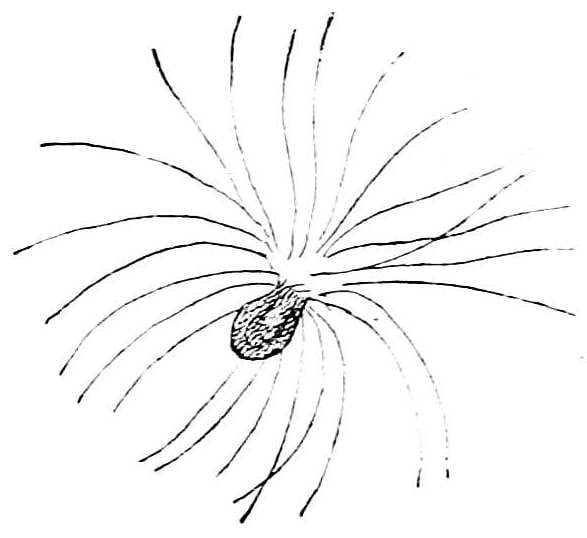
In this picture you see some of the air ships of the milkweed.
The lower part of the picture below is a seedbox of the milkweed. To this are fastened the silky threads which make the sail that carries the seed through the air with the least wind, just as the canvas sail carries the boat across the water.
Can you think of some other plants that send abroad seed sailboats?
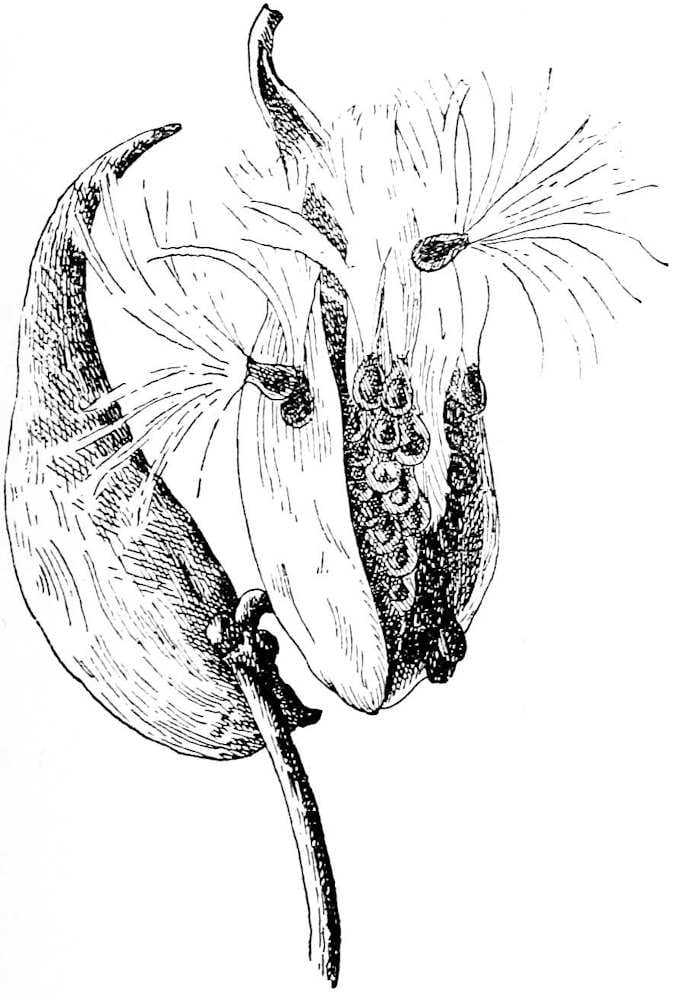
Perhaps some of you remember the beautiful pink or purple flowers which grew last summer in tall spikes along the road and up the mountain side. These were borne upon a plant called sometimes fireweed and again willow herb. The first name was given to it because it grows freely in places that have been laid waste by fire. The latter one it owes to its leaves, which look somewhat like those of the willow.
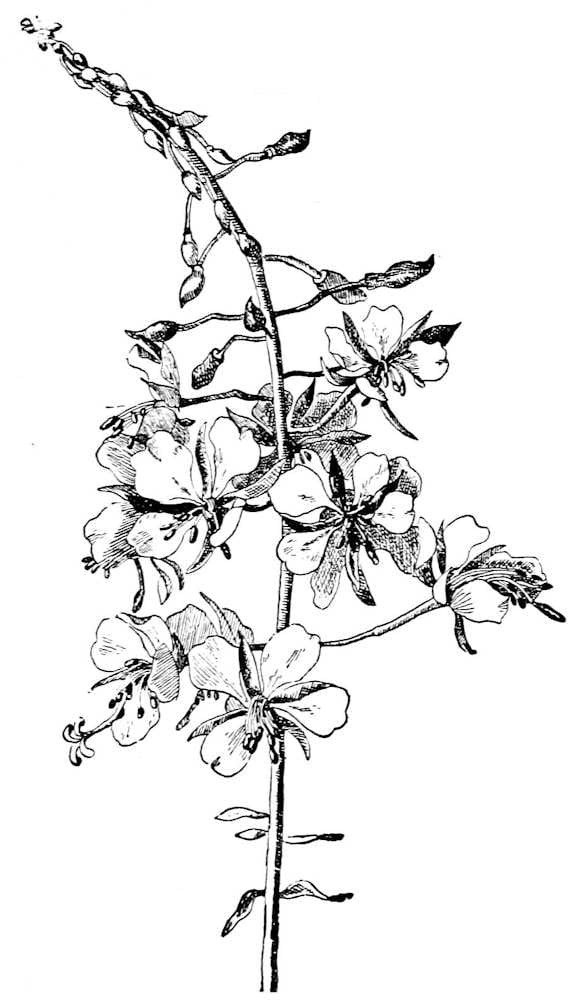
By the end of August most of these beautiful blossoms had disappeared, leaving in their place the fruit. This fruit of the fireweed or willow herb is a long pod such as you see in the picture. This pod is packed full of seeds, to each one of which is fastened a silky sail. Finally all these pods split open, letting out their little air ships, and giving a beautiful, feathery look to the great patches in which they are found.
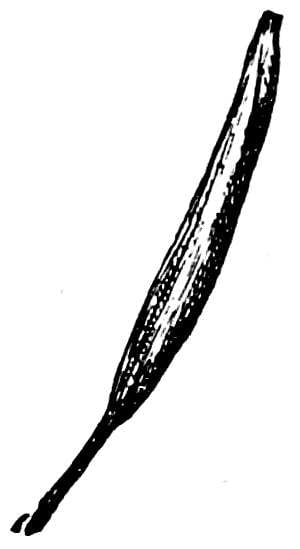
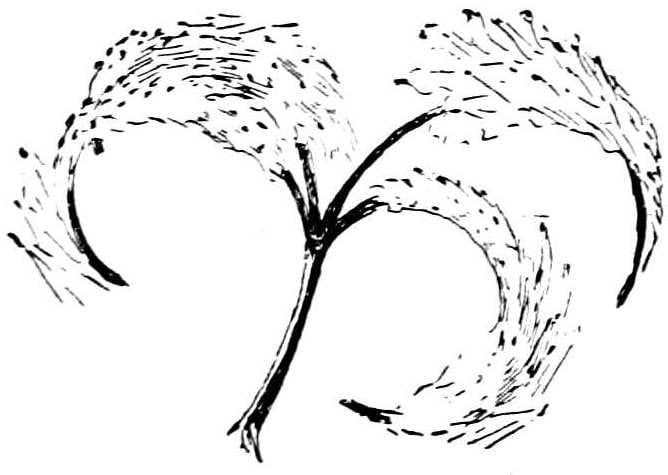
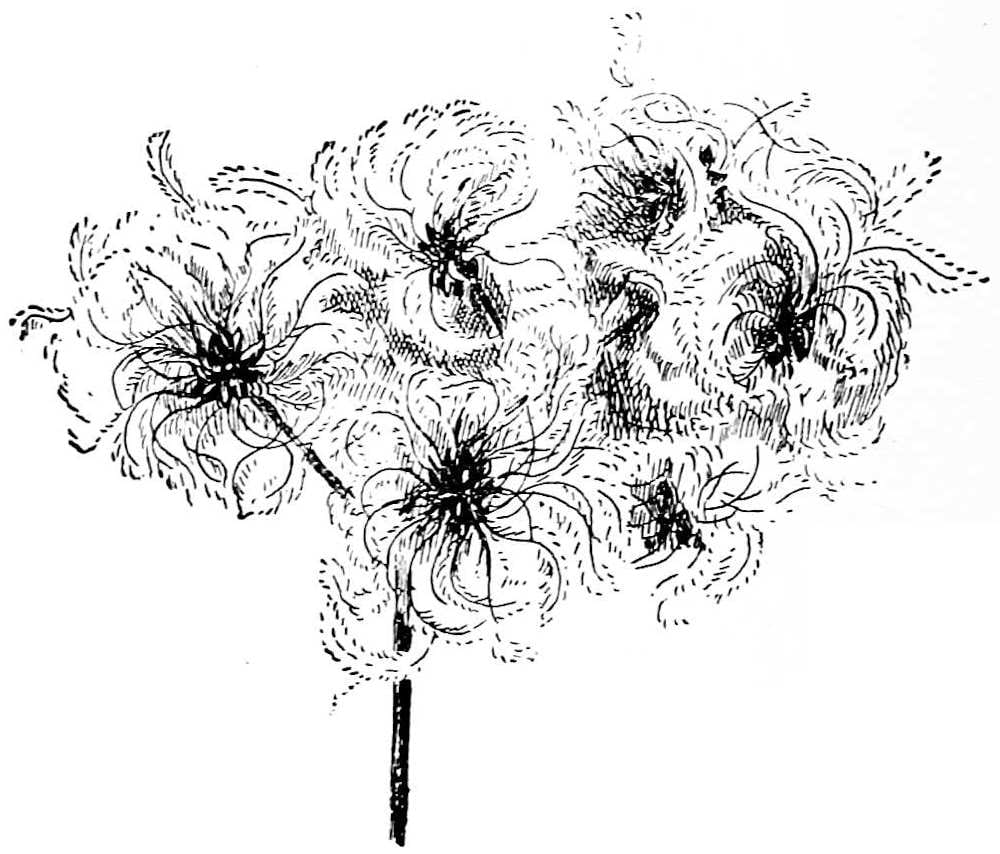
Another plant which launches air ships is the clematis. In August its pretty white blossoms clamber over the stone wall, and twist about the bushes and trees, making the lanes very lovely. In the fall this climber is almost as pretty as in summer, for its fruit clusters are made of such long-tailed seeds as you see in the picture below. When these open, and float away with the first light wind, you can see how well their little sails are fitted to catch the breeze.
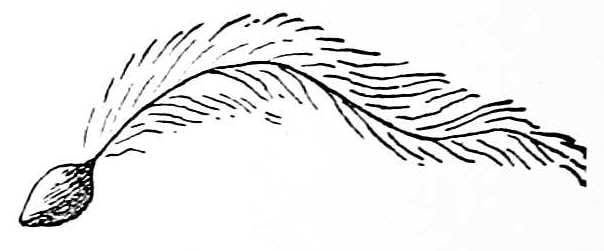
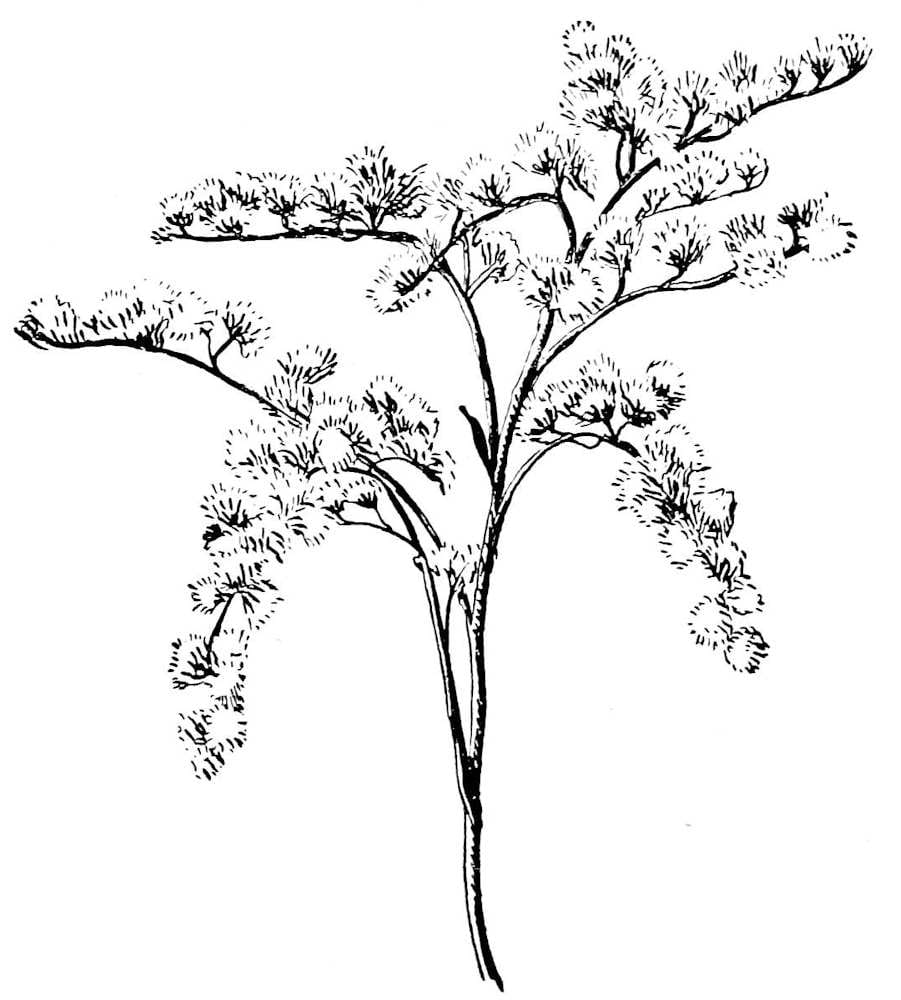
In October and November nearly every roadside is lined with clusters such as you see in the next picture, except that the picture cannot give their soft, velvety look. These are the fruit clusters of the golden-rod, made up of quantities of silky-tailed seeds such as you see above.
And this is the fruit cluster of the aster. Each little puffball is composed of many aster seeds.
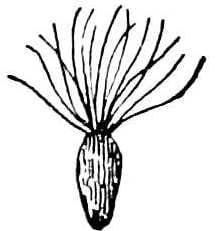
The pasture thistle is almost as beautiful in fruit as in flower. It swells up into a great silvery cushion, which finally vanishes in a cloud of floating thistle down.
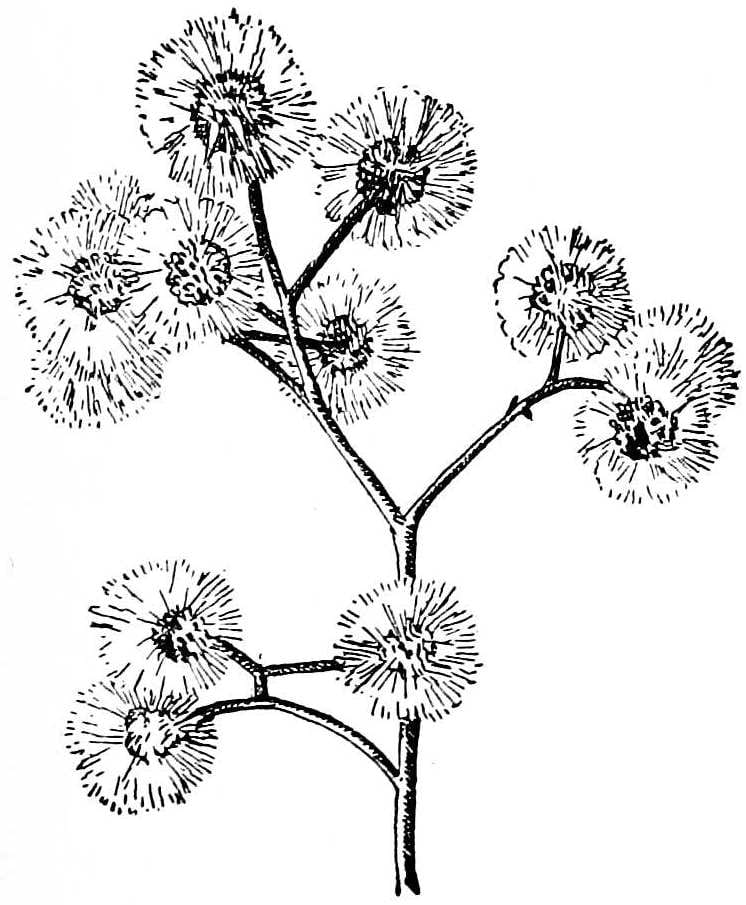
And here is the fruit cluster of the dandelion, and also a single seed sailboat.
Hundreds of other plants attach these little sails to their seeds. You can hardly walk a step in the fall along the country roads without meeting these masses of feathery fruit made up of just such seeds. So now we come back to our questions, “Where are they going? What are they doing?”
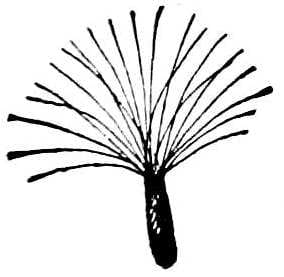
And as you have learned why the apple tree and the partridge vine pack their seeds in pretty cases, and why the burdock and the stick-tight cover theirs with hooks and bristles, you ought to answer these questions very easily. You found that those plants wished to send their little seeds abroad, so that they might get a better foothold in some piece of earth that was not used already by plants hungry for the very food that they most needed.
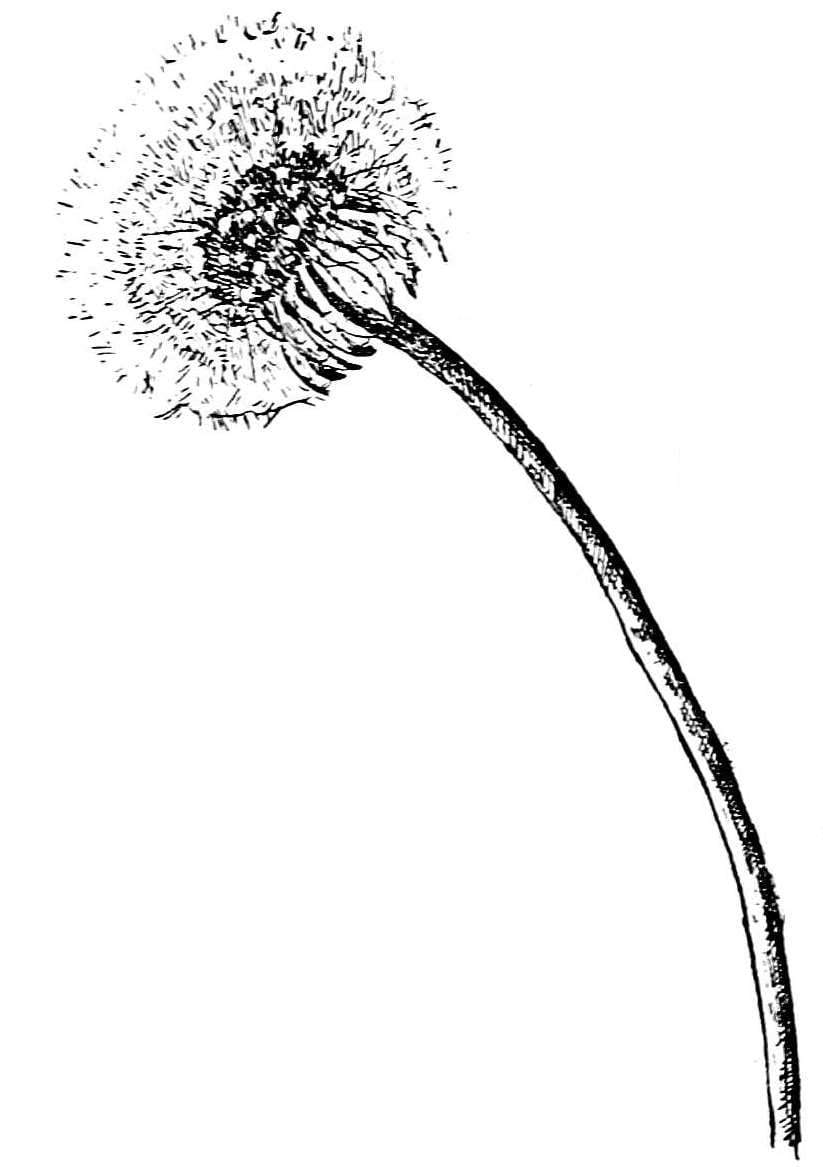
This is just what the thistle and milkweed and dandelion and aster want for their seeds; and this is why they fasten them to little sails, and send them far away on a voyage of discovery.
